In early August, I began writing a game in the Elm programming language. It has been my first experience using Elm and my first experience developing a game. Developing the game was a justification for learning Elm, and Elm seemed like a good language for experimenting with game development. The game is Hive City. Now, just over five months later, I am abandoning the project. This is the retrospective.
I stumbled upon Elm in the Spring of 2013, when researching a new-to-me concept: Functional Reactive Programming. Even as I wrapped my brain around the concept of a time-varying value, I knew that Elm was an impressive and important advancement in the development of user interfaces. Evan Czaplicki’s thesis, Elm: Concurrent FRP for Functional GUIs, was published in 2012 and I felt like I was early to what would become a really interesting movement. Another interesting thing that happened in the Spring/early Summer of 2013 was the initial public release of React.
This post is not the right venue to discuss the specifics of Functional Reactive Programming. The Elm thesis is instructive and worth reading, along with the foundational papers of Conal Elliott. A narrative arc can easily be drawn between the ideas behind FRP and its implementations, and the methodology of React and its descendants. Data flows in one direction and final rendering avoids what the Elm thesis describes as “needless recomputation.” Systems like Om and Redux are practical implementations remixing these ideas to suit different contexts. Just before I began work on Hive City, Elm said “farewell to FRP” with its 0.17 release.
So is Elm about FRP anymore? No. Those days are over now. Elm is just a functional language that takes concurrency very seriously. And from a user’s perspective, Elm is just a friendly functional language!
I was a bit flummoxed by this decision, but it’s become clear that functional UI paradigms are converging; searching for the best metaphors and vocabulary to ease in newcomers. I think it’s great.
In the mid-1990’s, I was introduced to Warhammer 40,000. It was so cool. Warhammer 40K is a tabletop wargame that encapsulates everything that I thought was cool when I was a kid in the mid 90’s. As I learned more about the game and bought into the whole ecosystem (I did not literally buy into it because it is a very expensive hobby, but I did read a lot of White Dwarf) I found Necromunda, a spin-off game set in the same universe.
I had been dabbling in pseudorandomness for a recent project and gained a new-found appreciation for dice-based games like Dungeons & Dragons and Warhammer. Hive City would be my attempt to make a game with Elm inspired by Necromunda.
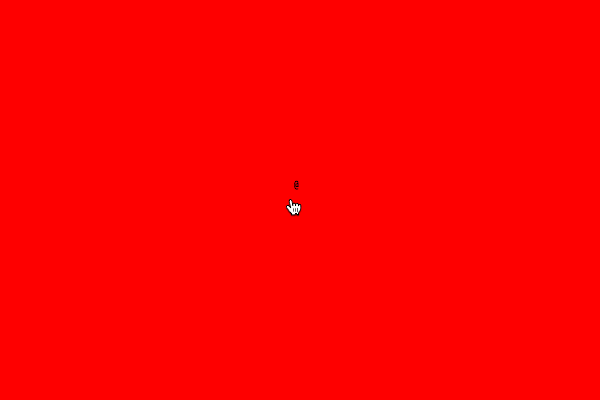
What Went Well?
I laid out my goals for the project in Hive City’s README.
This is a repository to house my attempts to better understand the problems involved in:
- The Elm language, tools, and ecosystem
- The Elm Architecture and the ongoing evolution of Functional Reactive Programming
- Making a game
- Modeling entities and state in a computer game inspired by a physical counterpart
- And getting to immerse myself in a funky, esoteric game from the 90’s
I better understand all of those things. The last point especially. I picked up the original Necromunda manual and read it over and over again throughout my implementation. It is still so cool.
Elm is a great language with a great community. I lurk quite a bit in the Elm Slack and the folks there are genuinely nice and interested in finding ways to help newcomers understand the language and architecture. I struggled at first, but it helps that the Elm language is nearly impossible to distinguish from the Elm Architecture.
As I was working through the game mitten drinnen Elm 0.18 was released. The upgrade path was clear and easy to follow. The Elm compiler’s errors have received a lot of well-deserved attention for their usefulness and readability. I relied heavily on the compiler and was so grateful for its clarity and tone. There’s plenty of internet handwringing about Elm’s lack of features, notably typeclasses. I did not find this to be a real deal-breaker and got along fine without. My experience with Elm went well.
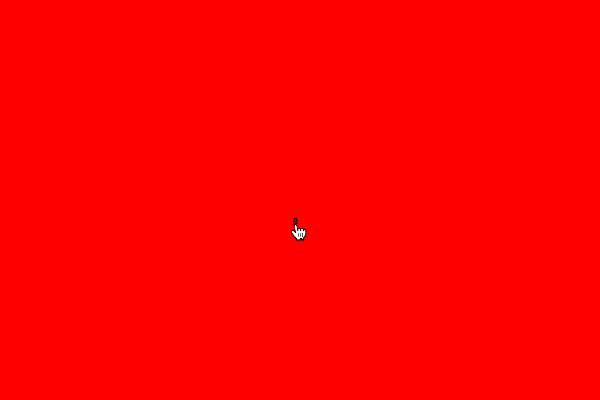
What Didn’t Go So Well?
My experience making a game did not go so well. I had no idea what I was entering into. I chose to render the game with SVG, because it seemed like that’s what the Elm ecosystem encouraged. I don’t think making web-based games with SVG is common. Elm tooling is still so nascent, and the community of frameworks and libraries built around Elm (and that are kept up to date) are so young. There is no great reference for doing game development in Elm, though I’m not sure what I was expecting. I also had to do so much math and I couldn’t help but think a solid game framework would have provided that for me.
As I stated before, I am abandoning this project. I reached my goals for learning Elm, but I’m still so intrigued by game development and I don’t feel like staying within the Elm ecosystem will provide me the education I need. I’ll be picking up Unity to learn more. That’s perhaps the most obvious choice for someone new to game development. I was hopeful that Elm would provide enough to scratch my gamedev itch. It doesn’t, and I’m still itching for more.
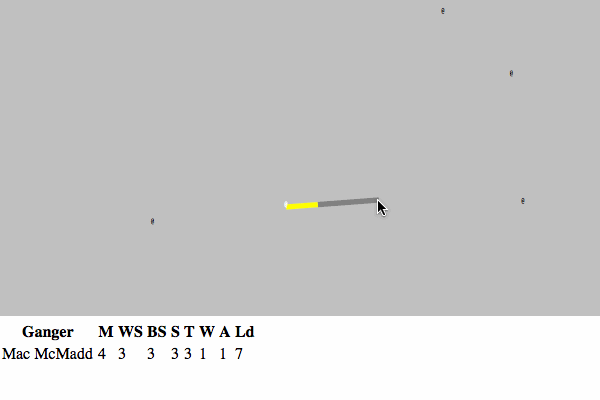
What Have I Learned?
A lot. I learned Elm. I learned how to be productive in a statically typed, purely functional language, having only briefly toyed with Haskell in the past. I learned more about SVG then I thought I wanted to (and have since applied that knowledge to things like D3). I learned about game development, and learned that I like it! I learned that Warhammer 40K has not stopped being cool.
Here are some resources that really helped me along the way:
- jweissman/mandos — “a tiny rogue clone written in elm!” This project has been an incredibly useful example to follow.
- Game Programming Patterns by Robert Nystrom — I didn’t finish this book, but it helped get me in the mindset for game development.
- Making Impossible States Impossible by Richard Feldman — a really useful talk about leaning into Elm’s type system to reduce unwanted application states.
- Rich Animation by Matthew Griffith — another
useful talk from elm-conf. This one about using
the
elm-style-animationlibrary. - Point-Free or Die by Amar Shah — a provocatively named talk that walks through the point-free style of programming that can be used in Elm and languages like it.
Finally, and most importantly, is the talk that best defines the Elm approach: Code is the Easy Part. This talk outlines the goals and methodology of the Elm community and ecosystem. One argument leveled against Elm is how it stands up to other, similar programming environments. Here’s a blog post comparing different purely functional web UI approaches. This talk explicitly outlines that Elm is not trying to be the pinnacle of the last twenty years of functional programming research. Having “Monadic” code is not something that Elm cares about. Honestly, neither do I. Neither do most developers, I suspect.
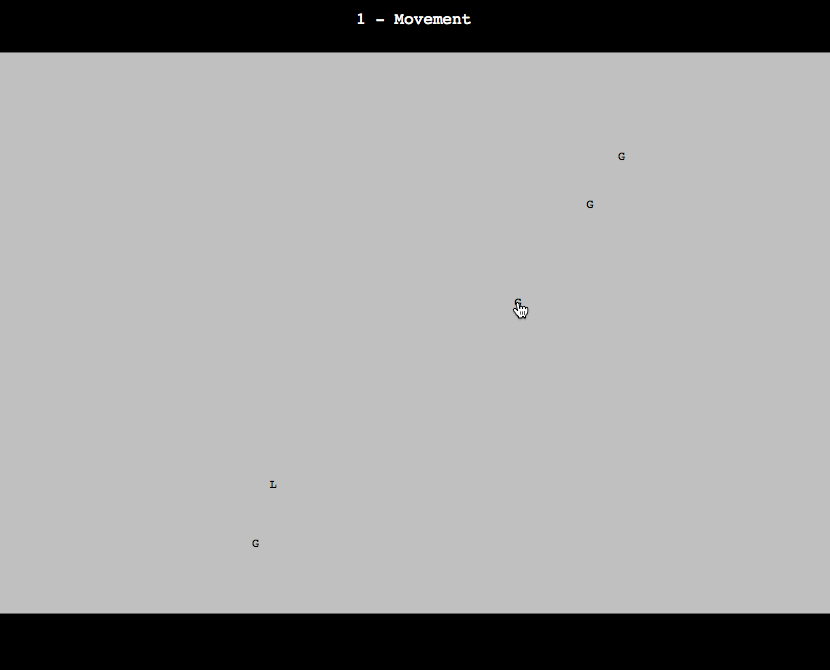
What Still Puzzles Me?
Embarking on this project, I did not expect to be so captivated by game development. Now I want to make games, and I want to explore game development in a variety of contexts. Someone asked me if I thought that a functional approach to game development was better than an imperative approach. I honestly don’t know, because I’ve never done game development any other way. This is something I’ve only barely scratched the surface on.
I’m so completely befuddled by WebGL, and in particular WebGL with Elm. How does this work? I’ve never done anything with OpenGL before. More than that, what is this strange syntax that allows WebGL to work within Elm? I am so puzzled.
Elm works within its native environment (the browser, mostly) using Effect Managers. Effect Managers are not well-documented. I’m not really interested in diving into the guts of Elm, but I’m curious about some of these implementation details. Mostly because I think it would be neat for Elm to exist in runtimes outside the browser. I don’t know how these work and how they could be extended. This is an area where Clojure is doing some really interesting stuff.
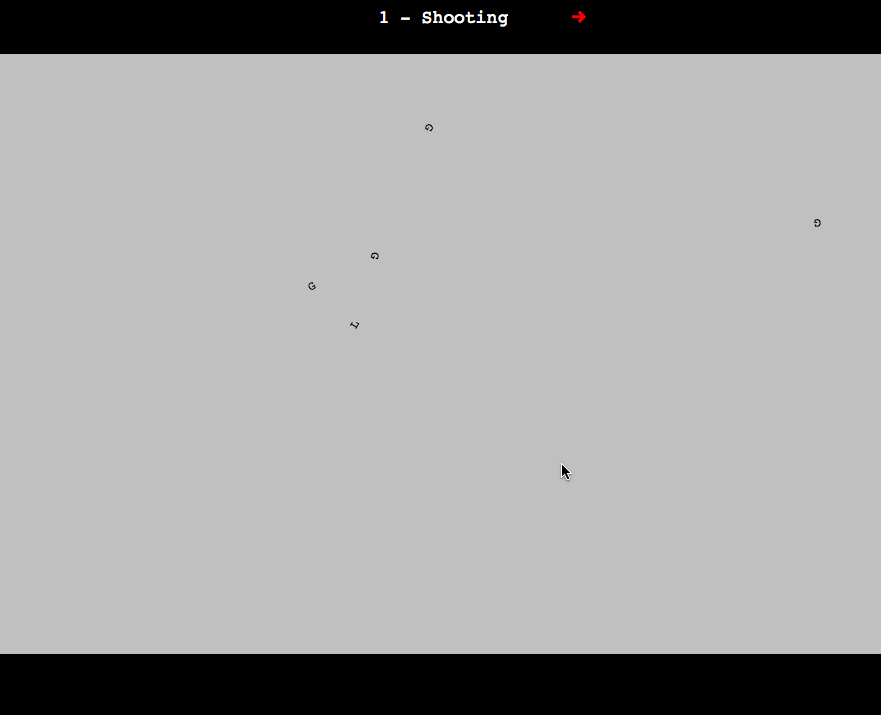
I fret about Elm’s ongoing relevance. Code is the Easy Part suggests that Elm’s goal is to compete with other JavaScript frameworks in the arena of web developer mind share. I have come to really like and enjoy Elm, but I can’t help but think that ship has already sailed. Developers have a plurality of choice in web development, and the decision tree that a developer or engineering manager must take to reach Elm is very deep. Within the realm of frameworks with similar reactive principles are React/Redux, Om, Vue.js, AngularJS, Ember… Fans of statically typed languages can choose from languages like TypeScript or Flow or PureScript or they might really go wild and invest their time in Scala.js or GHCJS. Many of those languages allow for development in other runtimes like JavaScriptCore or Node.js. The developer tools for Redux are nicely done and are further along than Elm’s. Elm is great, but its greatness is lost in a sea of good-enough alternatives.
Then there’s the domain of game development. You can make a robust HTML5-powered game with TypeScript and Turbulenz or Superpowers. I think this would be a great area for Elm to stand out and differentiate itself. Unfortunately, I am not adept enough to make a meaningful contribution here. If you’re a game developer looking to shape and mold a platform, I think Elm is worth your time and investment.
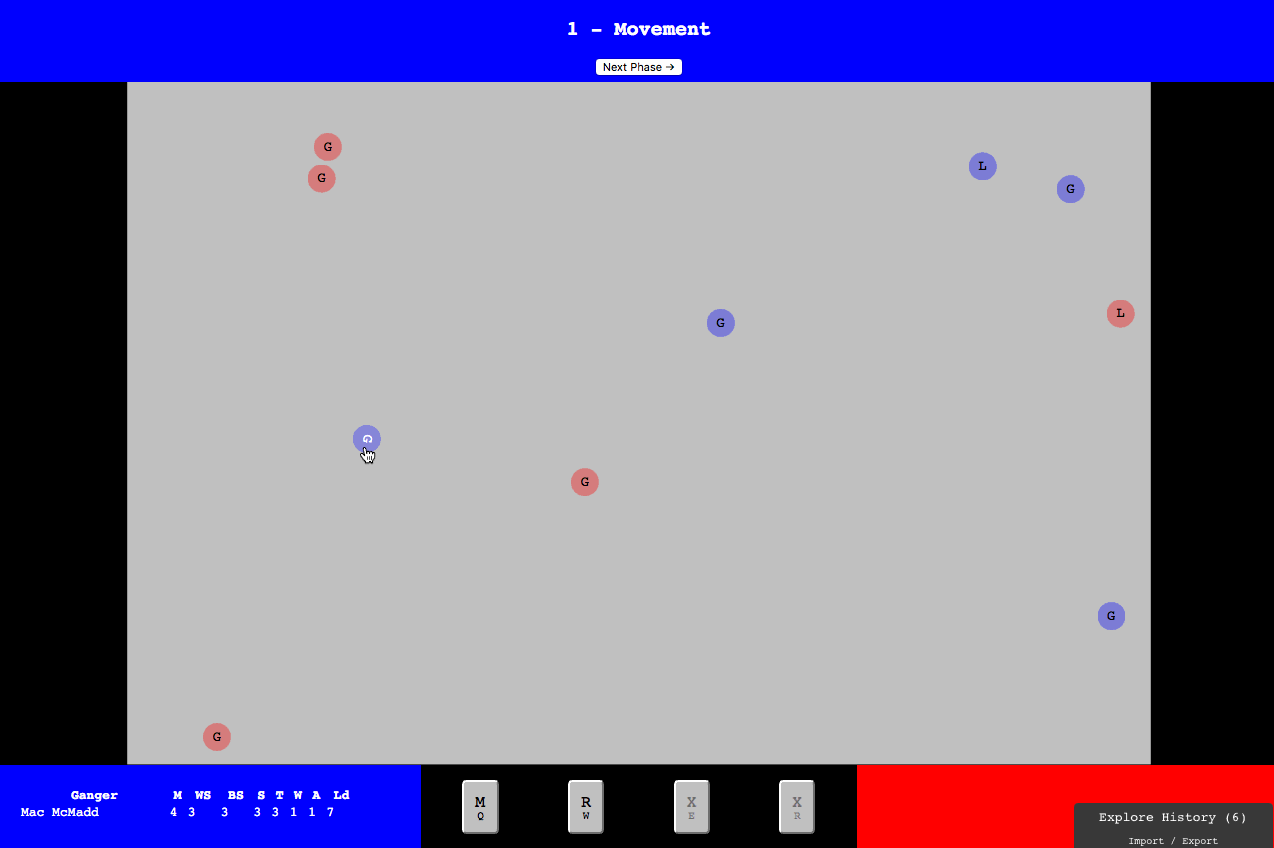
If you’re interested in “playing” Hive City (warning: it is not fun), I encourage you to clone mwunsch/hive-city and run Elm Reactor on it. I don’t have any regrets about taking on this project and no regrets about abandoning it in its current state. I would love to revisit the world of Necromunda and 40K for my future gamedev endeavors. I’ll be keeping an eye on the Elm community and its development, though it’s unlikely I will be programming in it again anytime soon. There are more languages to learn and more projects to do.
Just this week, Games Workshop announced that an officially licensed Necromunda computer game would be released soon.
This is the second retrospective I’ve done for a project I’ve embarked on in an unfamiliar language. You can read my first, a retrospective for my @sonic-sketches Twitter bot written in Clojure.
Subscribe to my weekly newsletter that tracks the code I write and the progress I make each week. My next project will be in the Racket programming language.